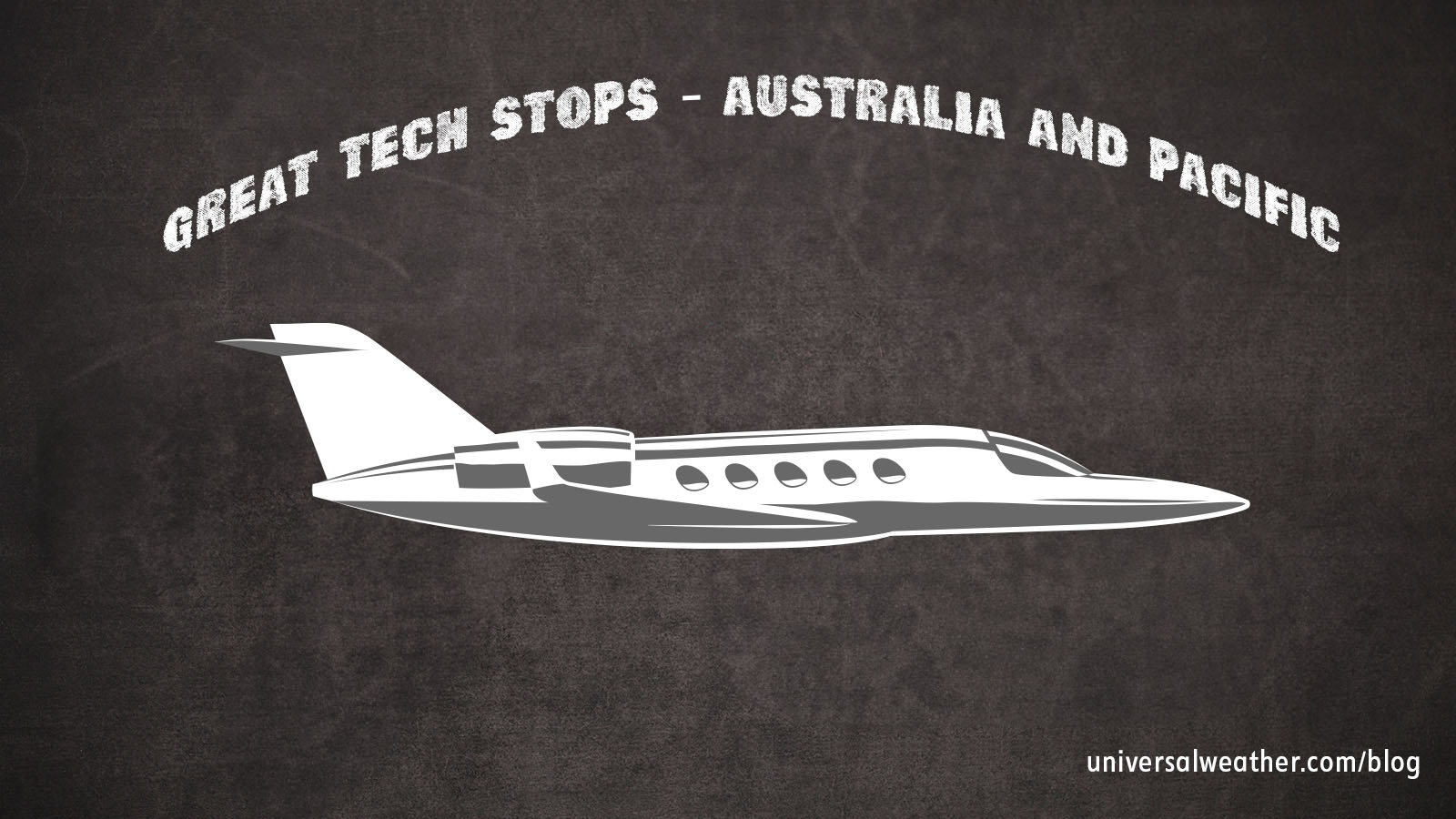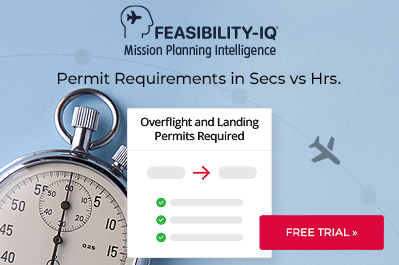5 Great Tech Stops in Australia and the Pacific Islands for Business Aviation – and Why


This aviation blog post is part of a series on great technical stops for business aviation.
When overflying vast areas of ocean and very remote regions such as the South Pacific, it’s important to carefully plan tech stops – and alternate tech stops. For business aircraft operators, many good tech stops exist in Australia and the Pacific Island region. However, there are many you’ll want to avoid, particularly certain remote Pacific islands. An experience 3rd-party provider can help determine the best tech stops for this region.
1. What are the 5 recommended locations for tech stops?
Depending on where you are operating, there may be many good locations for tech stops. These are the 5 we recommend:
- ✈ Pago Pago, American Samoa (NSTU)
- ✈ Nadi, Fiji (NFFN)
- ✈ Port Moresby, Papua New Guinea (AYPY)
- ✈ Brisbane, Australia (YBBN)
- ✈ Darwin, Australia (YPDN)
Explanation:
Pago Pago, American Samoa (NSTU) and Nadi, Fiji (NFFN) are good stops between the Hawaiian Islands or the U.S. west coast and Australia. Port Moresby, Papua New Guinea (AYPY) is a tech stop option between southern China and Australia or New Zealand. Both Brisbane, Australia (YBBN) and Darwin, Australia (YPDN) are reliable stops for operators arriving in or departing from Australia.
2. What are some of the advantages of these locations?
NSTU and NFFN are 24-hour tech stops with full services available. AYPY requires less lead time to arrange services than other tech stops in the northern region of Australia, operates 24/7 and offers adequate services. Both YBBN and YPDN offer full services and operate 24 hours a day, with reasonably short advance notification required.
3. What is the turnaround time for jet fuel uplifts?
The average turnaround time is about 60 minutes at NSTU and NFFN. It can be a little longer at AYPY. Australian locations, including YBBN and YPDN, average 45-60 minute turnaround times, but time on the ground can be longer if your cabin needs to be sprayed with a disinfectant on arrival.
4. Are visas and customs clearance required for international tech stops?
While customs will be notified, you will most likely not require a full customs clearance or offloading of luggage at NSTU, NFFN or AYPY. Visas may be required for certain nationalities at these locations, so an experienced 3rd-party provider can help confirm requirements. If your final destination is within Australia, you’ll clear customs at your first Australian point of entry. The aircraft cabin must be disinfected with an approved disinfectant spray, even during tech stops, and this can be done upon descent (if you have the spray with you) or on landing. If done after landing, you’ll have to wait with crew and passengers onboard and cabin doors closed for approximately 10 minutes before beginning the fueling process. All visas must be obtained prior to arrival. E-visas can be arranged for crew and passengers in advance for certain nationalities, while others will have to obtain them via an Australian embassy.
5. Are airport slots or Prior Permissions Required (PPRs) needed? If so, what is the deviation?
NSTU requires 48 hours’ notifications for PPR. NFFN does not require airport slots or PPR, but a landing permit is required, with 72 hours’ lead time. AYPY also does not require airport slots or PPR but does require a landing permit with four days’ lead time. YBBN does not require airport slots or PPR, but YPDN requires PPR, with 48 hours’ notification. Also, a landing permit for charter (non-scheduled commercial) flights might be required for operations into Australia.
6. Can all services be arranged on credit?
Yes, all services can be arranged on credit, although AYPY requires more notice for those types of arrangements. All locations accept aviation fuel cards, but AYPY requires a fuel request in advance. NFFN requires 48 hours’ notice to arrange jet fuel and might not accept your aviation fuel card on demand. Best practice in this region is to have a fuel release sent ahead and carry a copy onboard.
7. Are there locations that should be avoided for tech stops?
If you tech stop at Guam, Guam (PGUM), you’ll have to clear U.S. customs and offload luggage. If your next destination is the U.S., you will have to clear customs again. Saipan, Northern Mariana Islands (PGSN) will meet your flight for full customs formalities, even for tech stops. There are many Pacific island locations you will want to avoid due to short runways, coral-surfaced runways, uncontrolled towers, limited hours of operation and general lack of services.
Conclusion
When flying to or from Australia as with New Zealand, it can be challenging to determine the best tech stops based on your route. Some potential options have extended lead times to process requests, while others (particularly smaller Pacific island locations) have service limitations. It’s always best to choose 24-hour, full-service tech stops with the most flexible permit and notice requirements, even though it might not be on the great circle. Allow more time to plan for your tech stops, as more notification for services and arrangements might be required.
Questions?
If you have any questions about this article, contact Christine Vamvakas at christinevamvakas@univ-wea.com.
Later, we’ll discuss great technical stops for business aviation in Northeast Asia.




